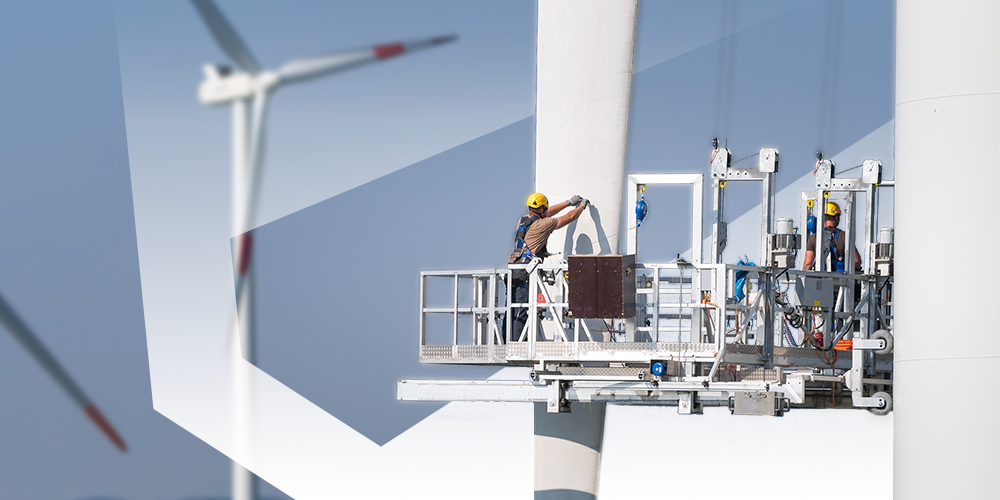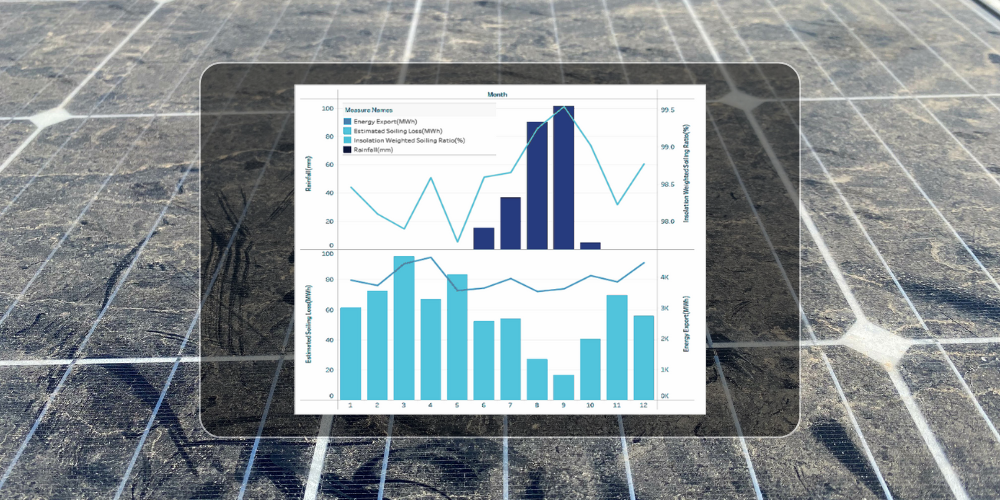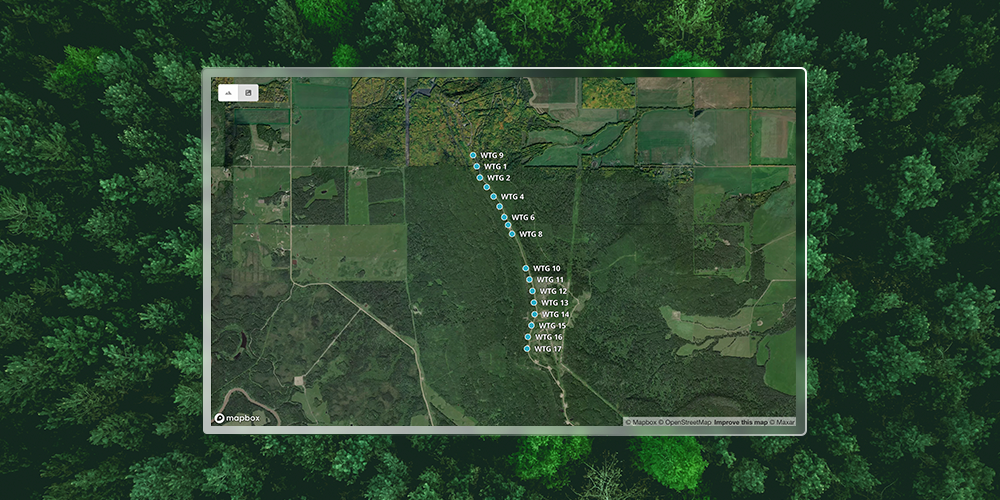Throughout the lifecycle of a wind turbine, environmental conditions can deteriorate hardware or technologies can evolve, necessitating system upgrades. In order to continue maximizing the production of turbines, performance improvements through hardware or software changes are often explored. These can improve the performance or lifespan of turbines, and are increasingly necessary as assets age.
Although it appears that there is a clear advantage to upgrading turbines, there can also be unexpected drawbacks. Understanding these can greatly impact the performance of your portfolio — resulting in better financial performance.
Protecting wind portfolio performance
Original equipment manufacturers (OEMs) and third-party companies regularly offer owners ways to improve the performance of operating turbines. This can include hardware upgrades, such as anti-icing options or leading-edge protection. It can also include software upgrades to improve controls, such as blade pitching algorithms or improved yaw control. These aim to improve the performance of turbines through increased AEP, but they can also result in some unexpected drawbacks. The benefits should be carefully weighed against the implications of increased loading.
Updating yaw controls of turbines, for example, can improve production through closer tracking of the wind, but this can also result in erosion to the blades. Depending on the nature of the upgrade, loads on turbine components may also be increased. Therefore, it is important to examine the full picture when considering the upgrade and understand the increased AEP with any implications to maintenance.
Performance upgrades can also be implemented incorrectly, resulting in owners paying for upgrades that are not rolled out as expected or not operating up to the performance gains expected with the investment. This is a scenario Clir has identified for several clients on our platform. One Clir client, in particular, had implemented a performance upgrade with the expectation that the turbines would operate at a higher rated power under certain meteorological conditions. Clir used data to identify when operational conditions suggested a boost should have been happening versus the actual performance at the turbine. The analysis indicated that for 685 hours during a 65-day period of analysis, the performance upgrade was not operating. Following correction, and the upgrade operating as specified, the farm experienced a 400 MWh gain per year.
Benefits of upgrade validation
In order to ensure that the upgrade is working effectively, and that the benefits outweigh any potential pitfalls, it is always recommended to quantitatively evaluate the changes independently of the provider. Unfortunately, the analysis can be challenging for a variety of reasons:
- Volume and quality of portfolio data.
- Lack of reference data if the upgrade is installed across all turbines.
- Difficulty getting reference data when wind resource is inconsistent.
Clir suggests applying upgrades to a sample of the turbines on-site to gain reference data on turbine performance. We also use an ensemble approach, where possible, to ensure we have accurate wind resource data, as well as high-quality datasets.
When analyzing a yaw algorithm parameter upgrade, Clir used three methodologies, and the results of these methodologies were compared and combined to arrive at a final result. The first approach used the nacelle anemometers to derive power curves from pre- and post-upgrade data based on IEC power curve test procedures. The second employed the IEC met masts methodology, where existing power performance test masts were used to accurately measure power curves, reducing uncertainty relative to the nacelle anemometer approach. Finally, Clir tested the upgrade using the peer-to-peer methodology, which compares the power production of neighbouring turbines. For this method, a test turbine is selected and the upgrade is implemented with a neighbouring control turbine operating in the original state.
Using an ensemble approach reduces uncertainty in the calculations, which is beneficial for the financial impacts of upgrades. When preparing an asset for sale, independent engineers or technical analysts will perform an energy yield analysis that measures current and future production. Performance upgrades are taken into account for these assessments and are important to understand the implications on the long-term AEP.
For the above example analyzing a yaw algorithm parameter upgrade, Clir’s ensemble approach helped to reduce project uncertainty and risk. Quantifying the gains also helped to improve the P50 and P90 values. When the work was presented to the independent engineer responsible for the operational energy yield assessment of the portfolio prior to the bidding process, Clir’s analysis and the gains were accepted, resulting in an improved energy yield and improved financial modelling for the seller.
The impact of each upgrade on energy production and turbine loads depends on the local wind climate and the specific turbine model in use at the site, among other factors, which means each upgrade can perform differently across different sites. This makes independent validation critical for upgrade implementation and performance improvements. When these upgrades are implemented properly, though, the results can have a profound impact on the financial valuation of the assets.








